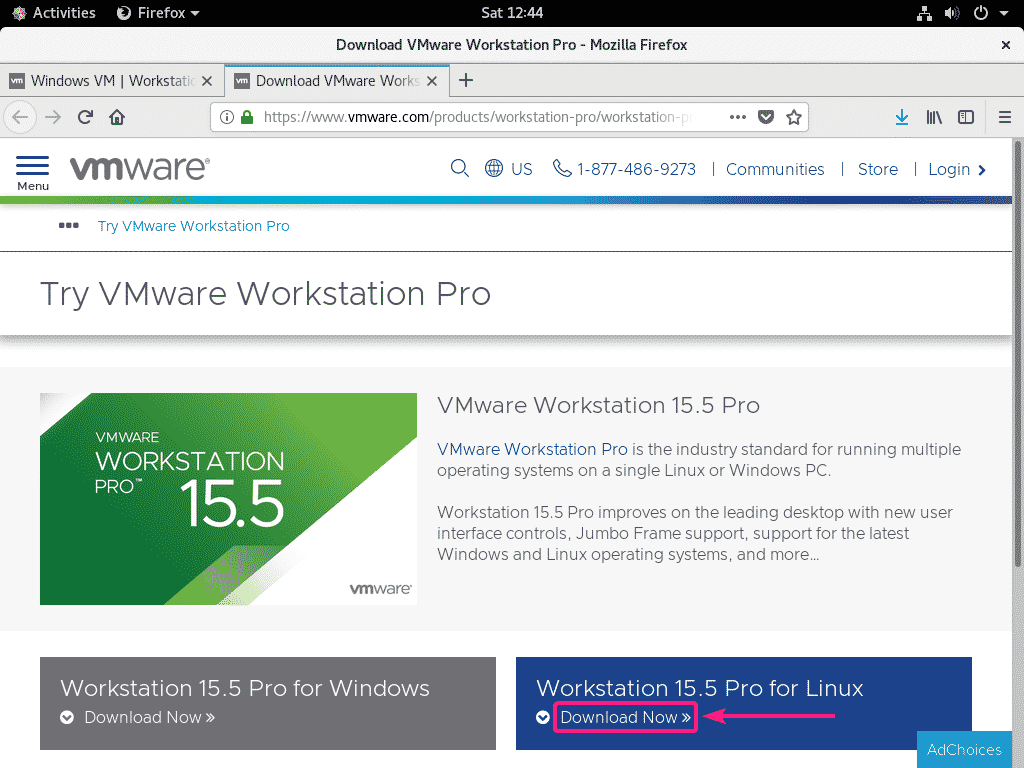



bundle file in your current directory, you can just use chmod +x *.bundle and. You can make it executable with chmod, then run it: chmod +x VMware-Player-6.0.3-1895310.x86_64.bundle How to use the file, based on this information? VMware-Player-6.0.3-1895310.x86_64.bundle: a /usr/bin/env bash script executable (binary data) You can discover or verify this with the file utility, which is handy for finding out what kind of file something (probably) is: file VMware-Player-6.0.3-1895310.x86_64.bundle bundle files for VMware Player, Workstation, and other products are actually shell scripts, with embedded binary data.


 0 kommentar(er)
0 kommentar(er)
